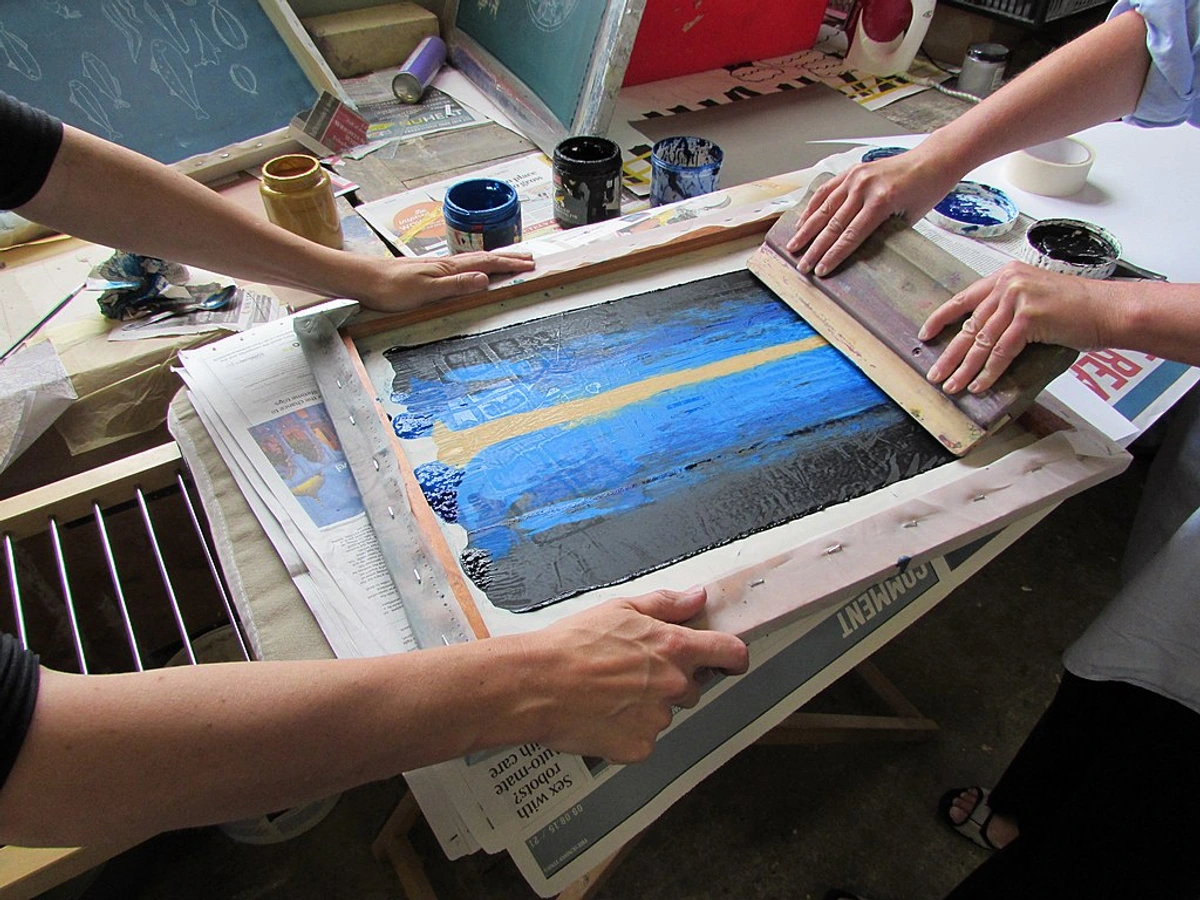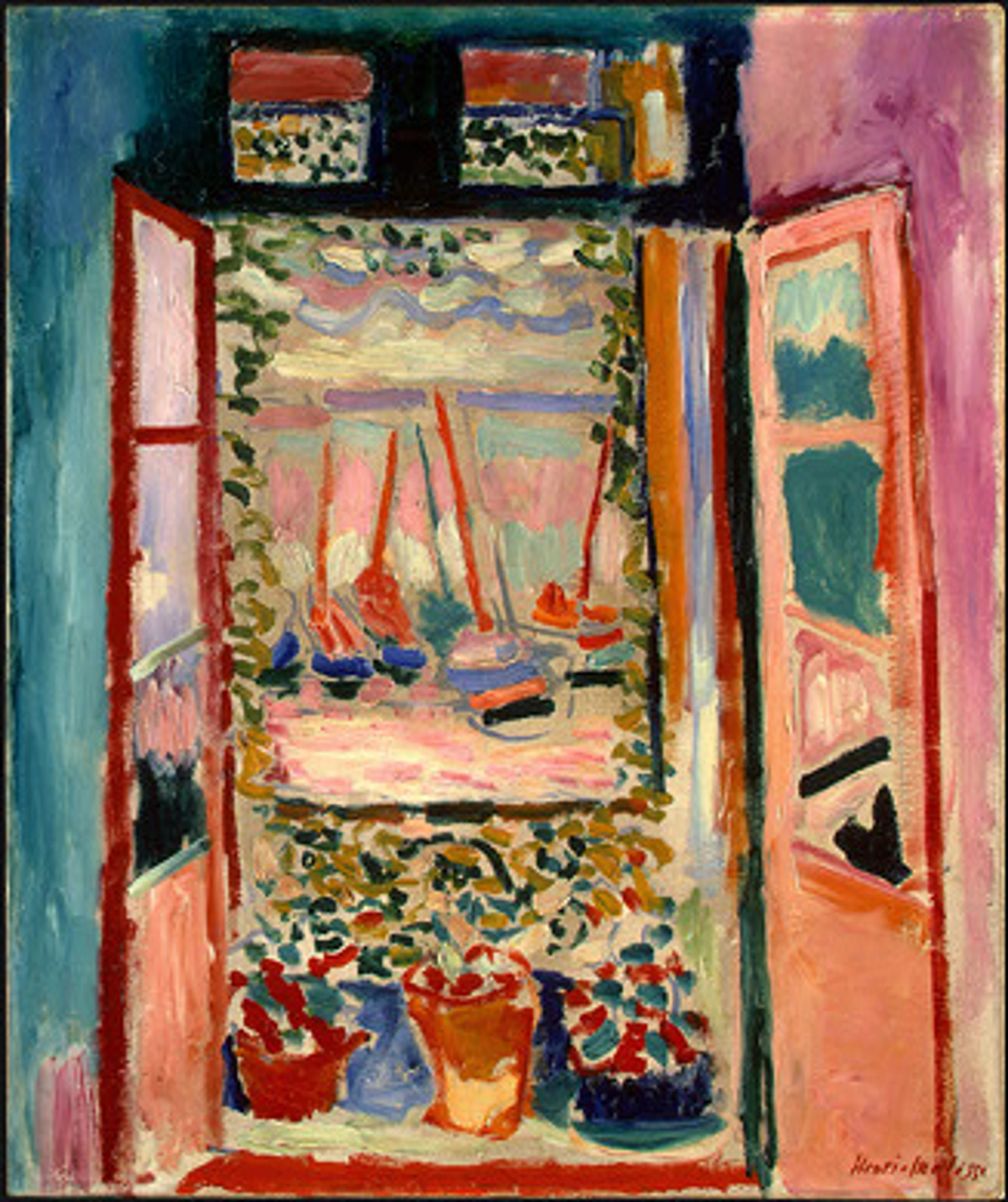
Bathroom Art: The Ultimate Guide to Humidity-Proof Style & Lasting Beauty
Transform your bathroom into a stunning sanctuary. This ultimate guide offers expert tips on humidity-proof art materials, smart framing, essential ventilation, and styling to create an enduring, beautiful space.
How to Choose Art for a Bathroom: The Ultimate Guide to Humidity-Proof Style & Lasting Beauty
I know what you're thinking: 'Art for the bathroom? Isn't that just for towels and maybe a framed collection of seashells?' Trust me, I've been there. For years, the bathroom was this purely utilitarian space in my home, a functional necessity that I rarely considered for its aesthetic potential. We pour over choices for our living rooms and bedrooms, meticulously selecting pieces, but the bathroom often gets an afterthought. Historically, with its roots in ancient Roman public baths and evolving with modern plumbing in the 19th and 20th centuries, it was primarily a place for hygiene and necessity. Art was largely absent. But here’s the thing: your bathroom deserves better! Today, it's an incredible opportunity to infuse personality, create a mood, and even turn a quick shower into a moment of genuine aesthetic pleasure. I firmly believe it's an untapped canvas, waiting for your unique touch.
For me, choosing art is an intuitive process, but when it comes to the bathroom, I’ll admit, a few practical considerations jump to the front of my mind. It’s not just about what looks good; it’s about what lasts good in a place famous for its steam, splashes, and relentless humidity. I still recall the frustration of a client whose treasured landscape print warped within months – a stark reminder of the importance of proper protection! So, let’s dive in, shall we? Because a thoughtfully curated bathroom can truly elevate your daily rituals.

The Bathroom: An Untapped Canvas & Personal Sanctuary
Think about it: the bathroom is where you start and end your day. It’s where you might unwind in a warm bath, get ready for a big day, or just spend a quiet moment of reflection. For a space so central to our personal rituals, shouldn't it feel as curated and inspiring as any other room? I certainly think so. This isn't just about utility; it's about crafting an experience, a personal retreat. And art, in my opinion, is the quickest, most impactful way to transform a purely functional room into a sanctuary or a vibrant statement. It can even cleverly manipulate the perception of space, making a compact area feel more expansive with vertical compositions or bringing intimacy with horizontal flow.
Beyond aesthetics, there’s a subtle therapeutic aspect to art in the bathroom. The right piece can contribute to relaxation, mindfulness, or energize your morning routine. Colors like serene blues and greens can instantly evoke calm, while vibrant yellows or bold abstracts can spark joy and vitality. Whether you're after a serene spa-like retreat or a playful powder room that sparks joy, art is your secret weapon. I’ve seen bathrooms completely transformed by a single, well-chosen piece – it's quite remarkable, actually. And if you're working with a smaller space, remember that maximizing style in compact areas with art for small bathrooms can make a huge impact, often more so than in a sprawling living room. Similarly, for decorating with art in a powder room, the creative freedom is wonderfully uninhibited.
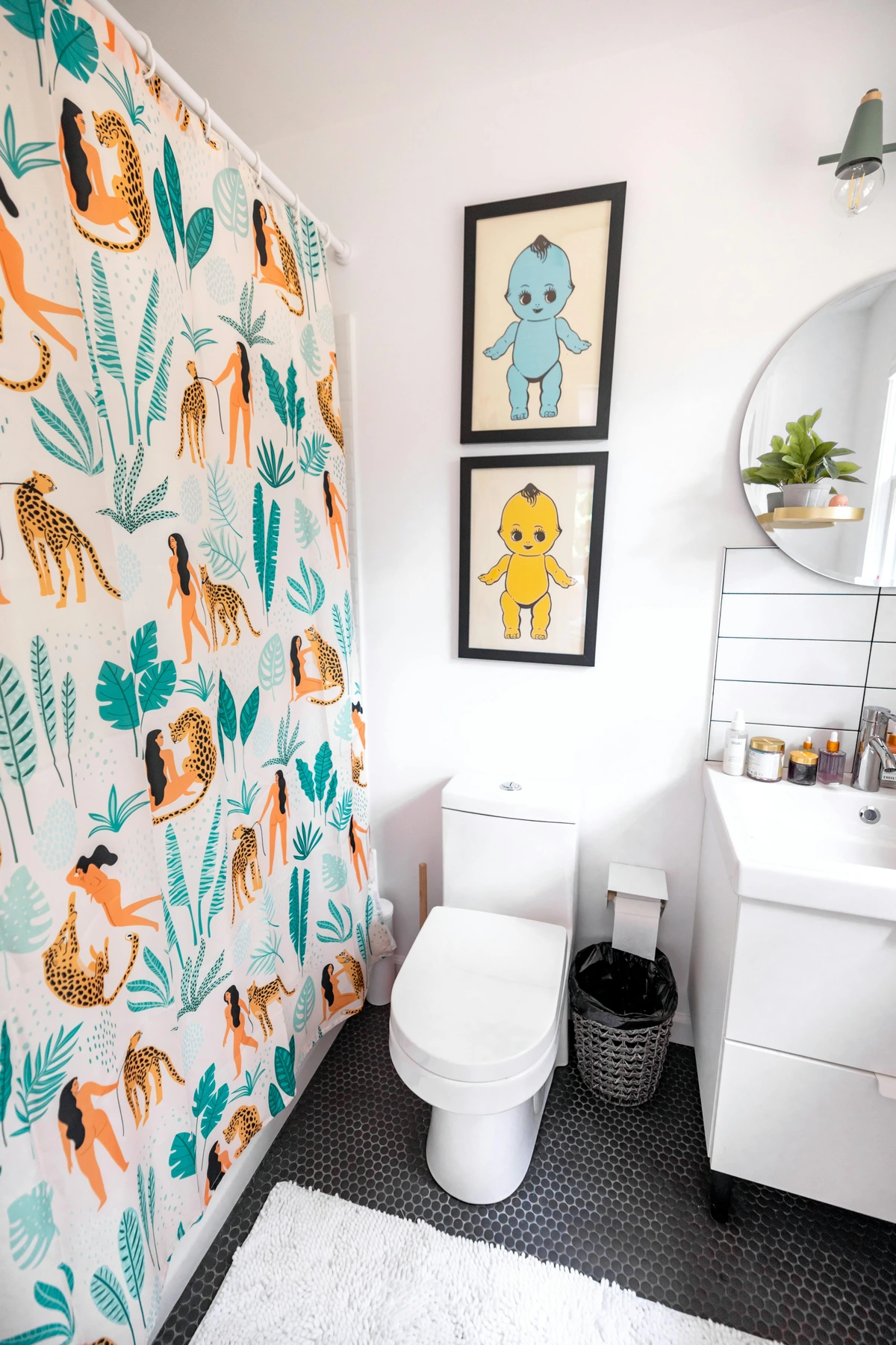
The Humidity Hurdle: Materials That Thrive (or Survive) in Damp Environments
Now, let's get down to the brass tacks – or, rather, the moisture problem. This is where many people get tripped up, and honestly, I've had my share of 'lessons learned' in this department. Like the time a cherished (and foolishly unprotected!) print didn't just 'wave' at me, but practically performed a full-blown samba, its paper buckling and twisting into an irreversible abstract form I certainly hadn't intended. Standard fine art, especially delicate paper prints or oil paintings on unprotected canvas, just won't cut it in a steamy environment. Humidity is the enemy of longevity when it comes to art, causing paper to warp, colors to fade due to UV exposure even from indirect light, and even mold to grow. No thank you!
So, what does work? First, let’s understand why some materials struggle: UV rays, even from indirect window light, are notorious for breaking down organic pigments and binders, essentially acting like a slow eraser on colors and leading to irreversible fading and discoloration over time. Moreover, fluctuating temperatures and high humidity can trigger chemical reactions within certain art mediums, causing pigments to shift, binders to degrade, and surfaces to become brittle or sticky.

- Paper: Composed of cellulose fibers, paper naturally absorbs moisture, causing it to expand and contract. This leads to buckling, warping, and cockling (the rippling or puckering of paper due to uneven moisture absorption, like a piece of paper that's been wetted and dried unevenly). Furthermore, the sizing (additives like gelatin or synthetic compounds that control absorbency and prevent colors from bleeding or becoming dull) can degrade. If the paper is acidic, moisture accelerates its yellowing and embrittlement, sometimes even triggering an enzymatic breakdown. Mold and mildew are also keen to feast on organic paper fibers.
- Unprotected Canvas: While more robust than paper, bare canvas is also a fabric, typically made of cotton or linen. It readily absorbs atmospheric moisture, leading to stretching, sagging, and eventually, a compromised surface for the paint. Over time, fluctuating humidity and temperature changes (which cause materials to expand and contract) can stress paint layers, potentially leading to cracking. Again, mold loves organic materials in damp conditions. Even UV rays, present in natural light, can accelerate the degradation of pigments on unprotected surfaces.
Now, here’s a little table I put together based on my observations and what generally holds up well:
Material Type | Bathroom Suitability | Notes |
|---|---|---|
| Acrylic Prints | High | My personal favorite for bathrooms! Images are printed directly onto acrylic glass (a clear, lightweight, shatterproof polymer like Plexiglas, which is non-porous and naturally moisture-resistant) for incredible vibrancy. Available in glossy, matte, or anti-glare finishes. No framing needed, easy to clean. |
| Metal Prints | High | Another fantastic option. Images are infused into specially coated aluminum sheets (thin, rigid metal panels like Chromaluxe) using a dye-sublimation process (where ink is transferred to the metal via heat), making them waterproof, scratch-resistant, and extremely durable. They offer a sleek, modern look. |
| Canvas Prints | Medium to High | Be cautious here. Unprotected canvas can absorb moisture. Look for UV-coated and sealed canvas prints. The sealant (e.g., clear acrylic varnish or liquid laminate) creates a protective barrier against moisture, preventing it from seeping into the porous fabric, and helps prevent fading. Best kept away from direct shower spray. |
| Framed Paper Prints | Medium | Requires careful consideration. You absolutely need:<ul><li>**Acid-free matting:** Prevents acids from the mat from leaching into and damaging your artwork over time.</li><li>**Conservation-grade glazing:** Premium acrylic (often better than standard glass for safety, weight, UV protection, clarity, and less fogging in humid environments) which often bears certifications for enhanced UV blocking (stops colors from fading) and sometimes anti-reflective properties (ensures you can always see your art clearly, even with steamy mirrors), ensuring longevity and optimal viewing.</li><li>**Well-sealed frame:** Essential to prevent moisture ingress. Consider adding a self-adhesive moisture barrier backing to the frame for extra DIY protection.</li><li>**Small 'air gap':** Crucial for allowing essential air circulation between the art and glazing. This gap, often created by spacers or **spacer bars**, prevents condensation from directly touching the surface, significantly mitigating mold growth and preserving the artwork's integrity, acting like a small, protective buffer zone.</li><li>**Breathable backing boards:** Allow some air exchange while still providing protection.</li></ul> |
| Original Paintings | Low | This is where I'd advise extreme caution. Delicate mediums like watercolors, soft pastels, or gouache on paper are highly vulnerable due to their porous nature and sensitivity to moisture. Oil or acrylic paintings on canvas are slightly more resilient than paper but still susceptible to moisture damage and temperature fluctuations. Unless it's a very specific, highly protected medium (like encaustic wax – a naturally non-porous medium, or certain sealed ceramic or glass art which are naturally waterproof), I generally wouldn't recommend hanging truly valuable or delicate original art in a high-humidity bathroom. Save those for rooms where conditions are more stable. |
| Waterproof Art | High | Yes, it exists! Think art printed directly onto ceramic or porcelain tiles (perfect for a mosaic art piece or a single decorative tile), pieces crafted with marine-grade coatings, art encased in resin (which forms a non-porous, hard barrier), specialized polymer-based prints, marine-grade vinyl art, treated outdoor-rated fabric prints designed for damp environments, or even specific types of outdoor-rated metal or synthetic panels. Some UV-cured prints on waterproof substrates also fall into this category. Always double-check the product description and look for explicit mentions of marine-grade sealants or waterproof substrates. |
| Digital Art Displays | Medium to High | Modern digital frames and screens designed for commercial use can be moisture-resistant. Beyond IP ratings, consider e-ink displays (known for low power consumption and less susceptibility to condensation) or specialized art display frames explicitly rated for bathroom environments. However, consumer-grade screens aren't typically sealed against high humidity and can also generate heat, potentially increasing local humidity around the display. If considering, look for IP-rated (Ingress Protection) displays, which indicate resistance to solids and liquids. For bathrooms, an IP rating of IPX4 (splash-resistant, able to withstand splashes from any direction) or IPX5 (resistant to low-pressure water jets) is a good starting point. Always ensure they're placed away from direct splashes and consider smart home humidity sensors to adjust settings. |
| Glass Art | High | Naturally non-porous and resistant to moisture. Think stained glass panels, fused glass art, or decorative glass tiles. These pieces are inherently waterproof and can add a beautiful, luminous quality to a bathroom. |
My general rule of thumb is: if it can withstand a little condensation and steam without flinching, you're probably good. If you're hanging a piece you truly adore, a high-quality acrylic print is often the safest and most vibrant bet. It's a wonderful way to display reproductions of classic artworks that would otherwise be too risky.
Ventilation: Your Art's Unsung Hero (and Your Bathroom's Dehumidifier)
While selecting the right materials is paramount, remember that even the most resilient art needs a supportive environment to thrive. This is where controlling the very air in your bathroom becomes crucial. Beyond choosing the right materials, one of the simplest yet most effective steps you can take to protect your bathroom art is ensuring proper ventilation. Think of your exhaust fan not just as a way to clear steam, but as your art's personal climate control system – its very own dehumidifier, really.

- Use Your Exhaust Fan Religiously: Always, always, always run your exhaust fan during and for at least 20-30 minutes after showers or baths. This actively removes moisture from the air, preventing it from settling on your art and furniture. Consider smart home humidity sensors that can automatically trigger your fan when moisture levels rise.
- Maintain Your Fan: Regularly clean the filters and grates of your exhaust fan to ensure it operates efficiently. An obstructed fan can't do its job properly. Also, critically, consider if your fan is adequately sized for your bathroom's square footage and ceiling height; an undersized fan won't remove humidity effectively.
- Natural Airflow: If possible, open a window for a short period after using the bathroom to further air out the space. Cross-ventilation is fantastic for quickly clearing humidity.
- Consider a Dehumidifier: In particularly humid climates, or for bathrooms with poor natural ventilation, a dedicated bathroom dehumidifier can be an excellent supplementary tool. Portable units can significantly reduce ambient moisture, creating a more stable environment for your art. Just ensure it's placed safely away from water sources.
- Strategic Placement & Climate Control: Avoid hanging art directly in the spray zone of your shower or directly above a very steamy bath. Give your chosen piece a little breathing room, literally. Be mindful of direct heat sources like radiators, as rapid temperature fluctuations can also stress art materials. A consistent, moderate temperature and humidity level are ideal.
Quick Wins Checklist for Bathroom Art Protection:
- Always run your exhaust fan, without fail.
- Opt for moisture-resistant materials like acrylic or metal prints.
- Ensure any framed art has proper glazing, robust sealing, and an essential air gap.
- Clean your exhaust fan regularly and verify it's the correct size for your space.
- Avoid direct water splashes and extreme heat sources on any art.
Finding Your Flow: Matching Art to Your Bathroom's Vibe
With the practicalities of moisture and material science addressed, we can now turn to the truly exciting part: infusing your bathroom with personality and creating the perfect mood through art! This is where you get to decide how you want your bathroom to feel. The art you choose can completely dictate the atmosphere. Do you want a tranquil retreat, a burst of energy, or a touch of unexpected charm? Which of these moods most calls to you for your own bathroom?
Here are a few ideas that often spark joy for me, and hopefully, for you too:
The Serene Spa: Calm & Contemplation
For a calm, relaxing atmosphere, I lean towards abstract art with soft, flowing lines and a muted color palette – blues, greens, grays, or gentle pastels. Think tranquil landscapes, minimalist designs, or serene abstract art for small spaces that encourages quiet contemplation. I find pieces with soft, blurred gradients, or even subtle textured art depicting natural elements, create this effect beautifully. Water-themed art or botanicals also work wonderfully here, perhaps pieces reminiscent of the Impressionist focus on light and atmosphere, evoking nature without being overly literal, or even the organic, flowing lines of Art Nouveau in a modern interpretation.
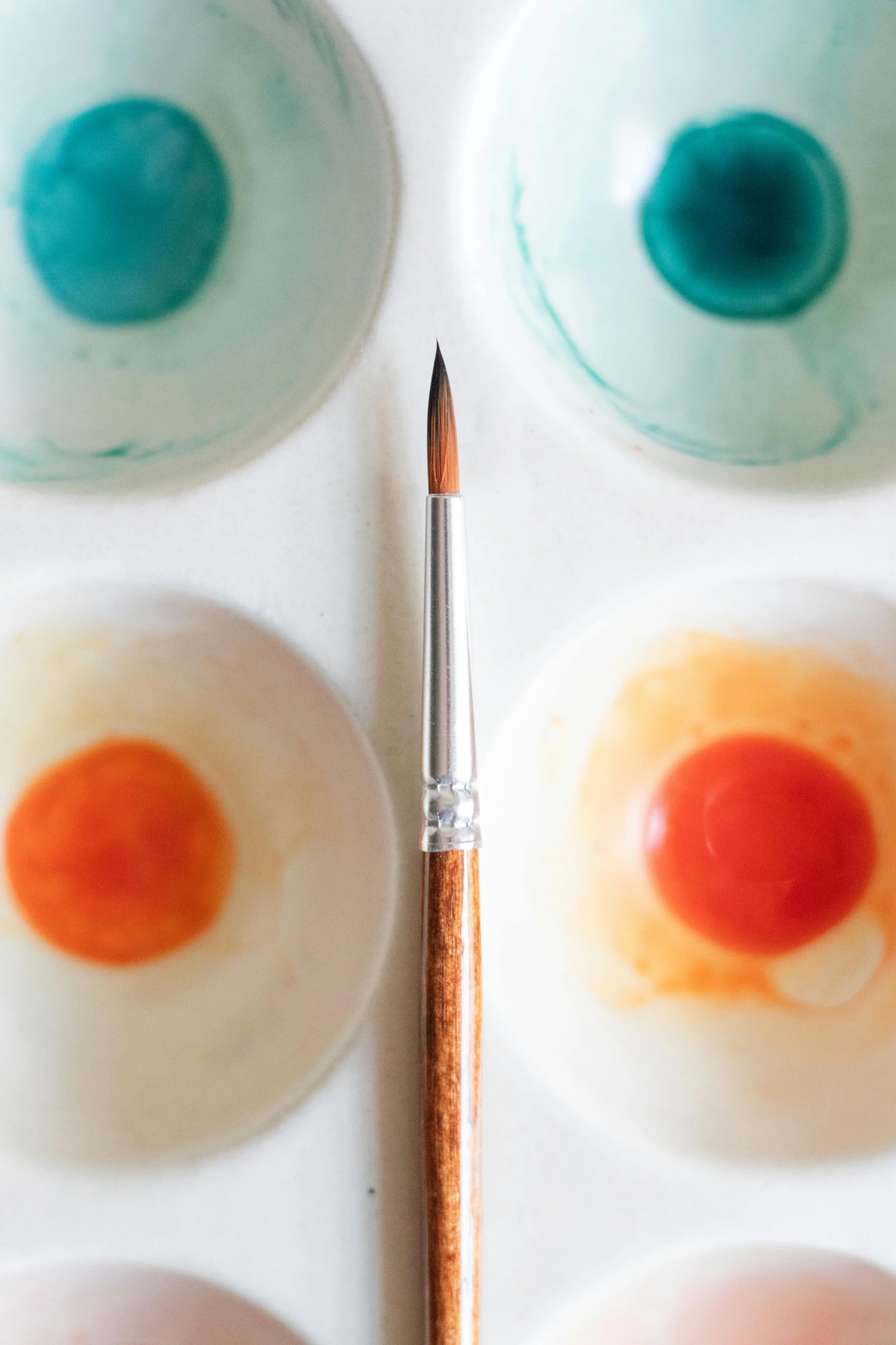
The Vibrant Powder Room: Playful & Energetic
Powder rooms are fantastic for going a little bolder! Since they're typically smaller and often have less direct humidity than a full bathroom, you can afford to be more playful. I love a pop of unexpected color or a whimsical piece that makes guests smile. This is where you can truly express your personality. Perhaps something with a dash of humor, or a piece that’s just pure, unadulterated vivid, abstract expressions of emotion and desire to really wake up the senses! I'm thinking bold Pop Art influences (like Warhol's iconic soup cans), vibrant street art aesthetics, or even playful graphic prints. These styles, often characterized by strong lines and saturated hues, are perfect for injecting a dynamic energy, which I often explore in my own art. Sometimes, a little mischief in your décor is exactly what a powder room needs.
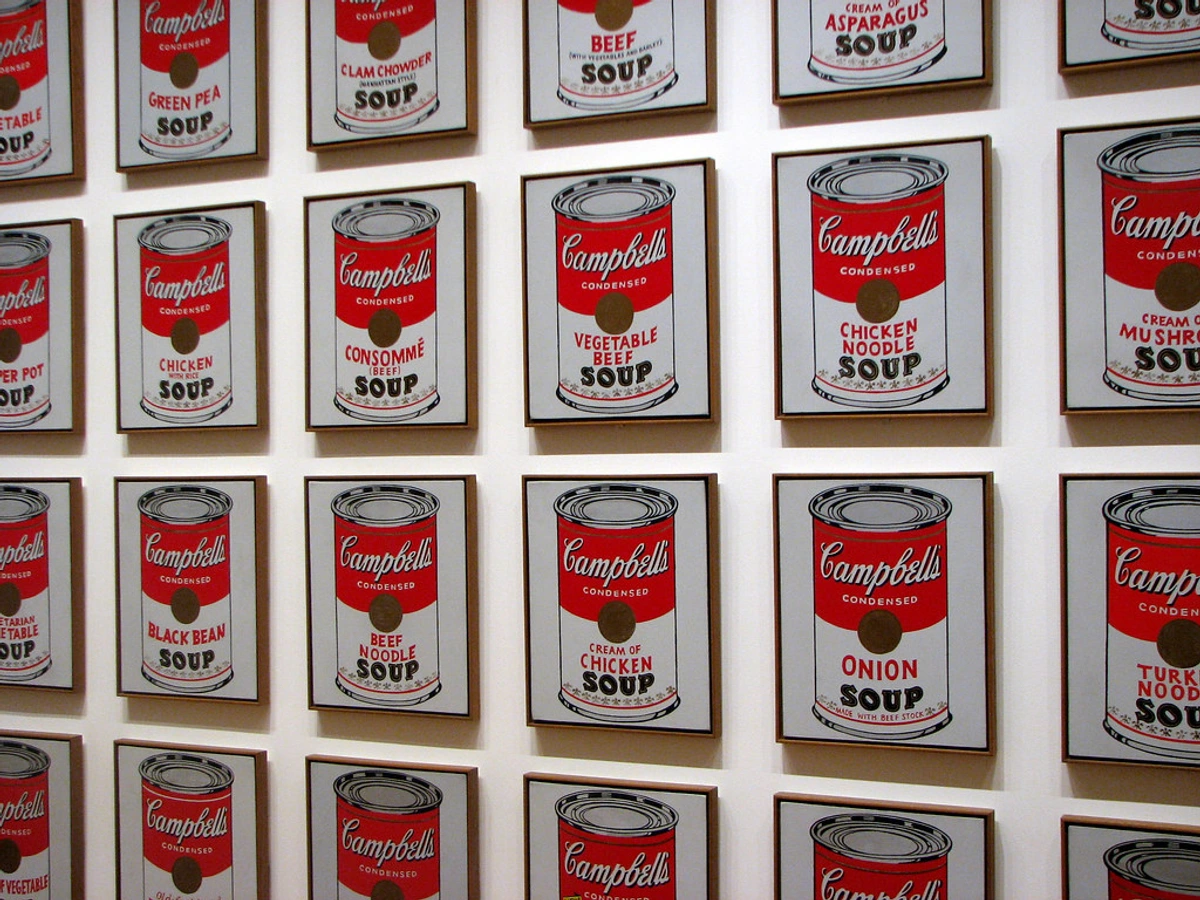
The Eclectic or Unexpected: Unique & Personal
Sometimes, the best art choice is the one that surprises you. Why not bring in a piece that feels slightly out of place, but in the best possible way? A striking whimsical nautical ocean life art featuring colorful fish, starfish, and coral might be just the ticket if you're aiming for a playful, coastal vibe, even if you're miles from the ocean. This approach can be incredibly rewarding, creating a truly unique space that feels like you. Consider how your bathroom art can either extend your home's overall theme or serve as a delightful, unexpected departure. This is where you can really let your personality shine.
Trending Art Styles and Themes for Bathrooms
Keeping an eye on trends can also inspire your choices. Currently, I'm seeing a lot of:
- Biophilic Design: This is all about bringing nature indoors with organic shapes, plant motifs, and natural textures. Think abstract leaves or subtle patterns that connect us to the calming influence of the natural world.
- Geometric Minimalism: Clean lines, simple shapes (like repeating triangles or circles), and a restrained color palette for a sleek, modern look. These pieces often evoke a sense of calm and order through their precision.
- Subtle Textural Abstracts: Pieces that invite touch with their implied texture, often in neutral or earthy tones, adding depth without visual clutter. They're perfect for creating a sense of understated elegance and warmth.
- Retro Revival: A nod to mid-century modern or 70s aesthetics, often with warm, earthy palettes and bold, abstract forms. These styles can bring a playful, nostalgic vibe and a touch of vintage cool.
- Artistic Tiles & Artisan Ceramics: Don't overlook the power of decorative ceramic or porcelain tiles themselves as art! They can form beautiful patterns, intricate mosaics, or even feature printed images, providing a durable and integrated artistic statement, especially for backsplashes or shower surrounds. Beyond tiles, unique handcrafted pottery pieces – if properly sealed and placed – can also add an artisan touch.
- Wabi-Sabi Inspired: Embracing imperfection, natural materials, and the beauty of transience. This can translate to art with organic textures, earthy tones, and a focus on natural processes, which can beautifully complement the raw elements of a bathroom.
Scale and Placement: Making Every Inch Count (Even in Small Spaces)
Once you’ve envisioned the feeling you want to create, the next crucial step is ensuring your chosen art fits harmoniously within the physical constraints of your bathroom. Bathrooms often present unique challenges when it comes to scale and placement, particularly in smaller homes or those with high ceilings that demand a different approach. But that’s part of the fun for me! It’s an exercise in creative problem-solving, and a great opportunity to apply principles like the rule of thirds for balanced compositions.

- Above the Toilet: This is a classic spot for a reason. It’s often an unused vertical space that can comfortably accommodate a medium-sized piece or a small gallery wall. A piece around 16x20 inches (approx. 40x50 cm) or 18x24 inches (approx. 45x60 cm) often fits well above a standard toilet tank, filling the space without overwhelming it.
- Near the Vanity: If you have enough wall space next to your mirror, a piece here can add a touch of elegance or a splash of color to your daily routine. Just be mindful of splashing! For decorating with abstract art in small spaces, a vertical abstract piece can draw the eye upwards and add perceived height.
- Opposite the Door: For maximum impact, consider a statement piece on the wall directly opposite the door. It’s the first thing you (or your guests) will see, setting the tone immediately. A piece around 24x30 inches (approx. 60x75 cm) or even larger, depending on the wall, can truly anchor the room.
- Groupings: Don't be afraid to create a small gallery wall even in a compact bathroom. Using a few smaller, related pieces can feel more intentional and add depth than a single large piece that overwhelms. For gallery walls, aim for consistent spacing, typically 2-4 inches (approx. 5-10 cm) between frames, to maintain a cohesive look. Remember, maximizing art impact in small spaces is all about thoughtful curation, and this also applies to decorating with art in a powder room.
When I think about hanging art, I always consider how it interacts with the other elements in the room – the tiles, the fixtures, the overall color scheme. A beautiful piece above a simple pedestal sink can instantly elevate the entire space. It's all about making those connections.
Art Styles to Approach with Caution (Common Pitfalls to Avoid)
While I encourage experimentation, some art forms are simply not suited for the bathroom's unique environment. Avoiding these can save you heartache (and your art!). Consider these types of art as high-risk, low-reward for this particular setting:
- Highly Textured Art: Pieces with deep textures, impasto (thick application of paint), or raw, unsealed surfaces can act like sponges, trapping moisture and becoming breeding grounds for mold and mildew. Think delicate fiber art, heavily textured mixed media without proper sealing (e.g., collages with raw fabric or paper elements), or even raw wood art that isn't properly sealed. These can quickly become mini-humidity traps, eagerly inviting mold to a party you definitely don't want to host.
- Unframed Photographs or Posters on Standard Paper: These are perhaps the most vulnerable. Without the protection of a frame, matting, and glazing, standard paper will quickly warp, fade, and degrade in a humid environment. They're a definite no-go. If you love photographs, opt for them printed on metal or acrylic, or ensure they are professionally framed with conservation-grade materials.
- Delicate Mixed-Media Works: Unless explicitly designed and sealed for damp conditions, complex mixed-media pieces involving various glues, papers, and unprotected organic elements are extremely risky. The different materials can react poorly to moisture, leading to separation, discoloration, and structural damage. An intricate collage with varied papers and glues, for instance, might appear resilient, but the disparate expansion rates of materials under humidity can cause significant damage.
- DIY Art (Without Proper Sealing): While I'm a big proponent of DIY, standard painted canvases or crafts using basic paper or fabric adhesives won't last without proper waterproof sealing. If you're creating your own art, research marine-grade varnishes or water-resistant sealants to protect your efforts. Think painted rocks sealed with outdoor-grade clear coat, or sealed pressed flowers on a waterproof backing.
- Unsealed Natural Materials: Untreated wood, rattan, straw, or certain natural fabrics can easily absorb moisture, swell, warp, and become prime locations for mold and mildew growth. If you love the organic look, ensure these materials are thoroughly sealed with a marine-grade varnish or opt for synthetic alternatives that mimic their appearance but offer superior moisture resistance.
Framing for Longevity: Your Art's Armor Against Humidity
If you've decided to go with paper prints or even some types of canvas, framing isn’t just for aesthetics in a bathroom – it’s crucial for protection. Think of it as your art’s personal bodyguard against the elements, forming a little microclimate to keep it pristine. This is the last, but often most important, line of defense for vulnerable art forms.
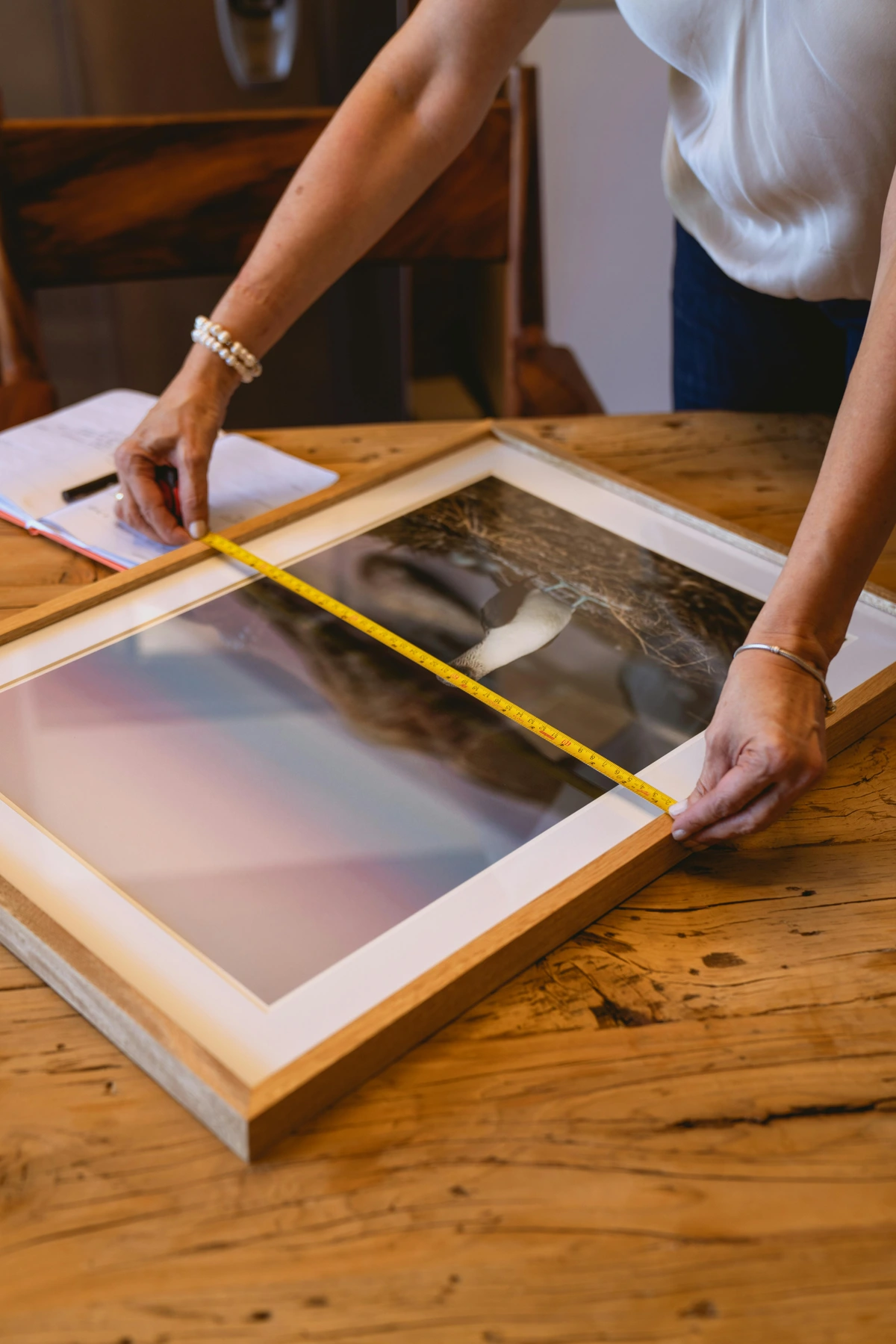
- Acrylic Glazing is Your Best Friend: I almost always recommend acrylic glazing over traditional glass for bathrooms. Why? It's lighter, shatterproof (a real bonus in a busy bathroom!), and offers excellent UV protection, which is vital to prevent colors from fading even from indirect light. Plus, it's less prone to fogging up dramatically with steam and allows for that essential air gap between the artwork and the protective layer, aiding air circulation and preventing mold. Look for conservation-grade acrylic which often comes with certifications for enhanced UV blocking and superior clarity, and may also feature anti-reflective properties.
- Robust Sealing is Non-Negotiable: Make sure your framer uses archival, acid-free materials (this prevents acids from the mat or backing from leaching into your art over time) and seals the back of the frame properly to minimize moisture penetration. A well-sealed frame forms a protective barrier, preventing humidity from seeping in and attacking your art from behind. For an added DIY layer of protection, consider applying a self-adhesive moisture barrier backing to the frame.
- Choose Frame Materials Wisely: For wood frames, opt for well-sealed, lacquered, or painted finishes that create a barrier. Raw or untreated wood is a definite no-go, as it can absorb moisture, warp, and even host mold. Metal frames, especially anodized aluminum or certain composites, are often even more resilient to moisture fluctuations and less prone to warping or hosting mold. Anodized aluminum, for instance, has an enhanced, corrosion-resistant surface created through an electrochemical process that makes it incredibly durable.
Investing this extra effort will be well worth it, believe me. After all, you’ve put thought into measuring your picture frame and choosing the perfect spot; protect your investment!
My Curator's Picks: Art I Love for Bathrooms
If you were to ask me for a starting point, my go-to recommendations often center on pieces that bring a sense of freshness or calm, or perhaps a surprising pop of joy. Remember, art can do more than just decorate; it can subtly influence the psychological experience of a space, making a mundane moment feel more profound.
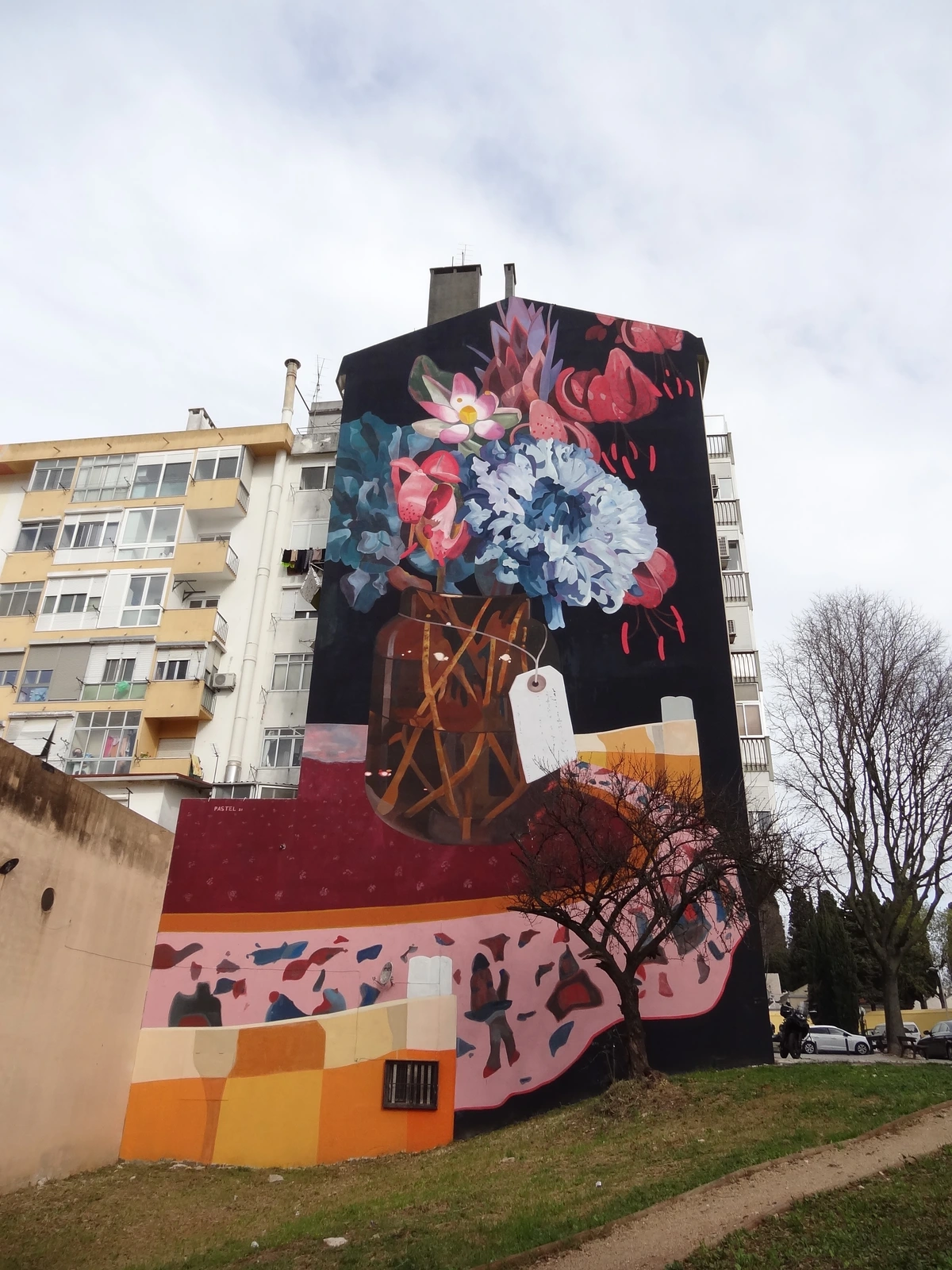
- Abstract Landscapes & Seascapes: I find that abstract interpretations of natural elements – water, clouds, serene vistas, or even classical seascapes – are incredibly soothing in a bathroom setting. They provide visual interest without being distracting, fostering a sense of calm and escape. Many of my abstract pieces explore these themes, often with subtle, flowing lines and a serene palette. These pieces can evoke the soft light and atmosphere often seen in Impressionist works, creating a timeless appeal.
- Bold Botanicals: Lush, vibrant floral or botanical prints can bring life into a sterile space. Think large-scale leaves, delicate blossoms, or even stylized plant forms reminiscent of detailed Victorian botanical illustrations. They connect us to nature, even indoors, fostering a sense of vitality and growth.
- Figurative Art (with a twist): If you're going for figurative, consider something a little playful, dreamlike, or subtly humorous rather than overtly realistic portraits. It keeps the mood light and intriguing. My personal art often explores figurative abstraction, connecting emotion and human experience through color and form, making a unique personal statement that challenges perception.
- Minimalist Line Art: Elegant and understated, these pieces use simple lines and forms on durable substrates (like acrylic or metal) to create impactful yet uncluttered visuals. They're perfect for adding sophistication without overwhelming the space.
- Whimsical Illustrations: Especially for powder rooms, playful or charming illustrations printed on waterproof materials can add a touch of personality and delight. Think quirky animals, fantastical scenes, or graphic, storybook-style art that makes you smile.
- Creative & Budget-Friendly Touches: Don't forget the power of small, well-sealed items! Think decorative ceramic tiles (often art in themselves, whether a single painted tile or a large mosaic), waterproof vinyl decals for a pop of pattern, or even found natural objects (smooth stones, driftwood) that are properly cleaned and sealed with a marine-grade varnish. Even an artistic shower curtain can become a focal point! These 'quick wins' can add artistic flair without breaking the bank. For art in a room with low light, consider lighter or more reflective pieces to brighten the space.
This resonance – connecting with emotion and human experience through color and abstraction – is something I strive for in my own art. I believe a touch of the unexpected, even in a figurative abstract piece, can truly elevate a room and make a personal statement. Don't be afraid to experiment, to think outside the box. The bathroom is your personal canvas, even if it's a humid one!
Key Takeaways for Your Bathroom Art Journey:
- Prioritize Durable Materials: Acrylic, metal, glass, and specifically treated waterproof art are your safest bets.
- Ventilation is Non-Negotiable: Use your exhaust fan consistently (and consider a dehumidifier) to manage humidity.
- Framing is Protection: For paper prints, invest in conservation-grade acrylic, acid-free matting, and a well-sealed frame with an essential air gap and breathable backing.
- Match the Mood: Align your art with the desired ambiance – serene, vibrant, or eclectic.
- Mind the Scale: Choose art that fits the space, whether it's a single statement or a curated gallery wall, applying compositional principles like the rule of thirds.
- Avoid High-Risk Art: Delicate textures, unprotected paper, unsealed organic materials, and unsealed natural elements are generally unsuitable.
Frequently Asked Questions (FAQ)
Still have questions? We've got answers to some of the most common concerns about bathroom art.
Q: Can I hang truly expensive or valuable art in my bathroom?
A: I would generally advise against it, especially in a main bathroom with frequent showers. The fluctuating humidity and temperature are simply too risky for delicate or high-value pieces. It’s better to choose durable, moisture-resistant alternatives like acrylic or metal prints, or high-quality reproductions. If you absolutely must display something precious, ensure it's in a powder room with minimal humidity and is professionally framed and sealed with museum-quality acrylic glazing, maintaining an adequate air gap for circulation. Think of it this way: the risk to reward ratio just isn't worth it for irreplaceable items.
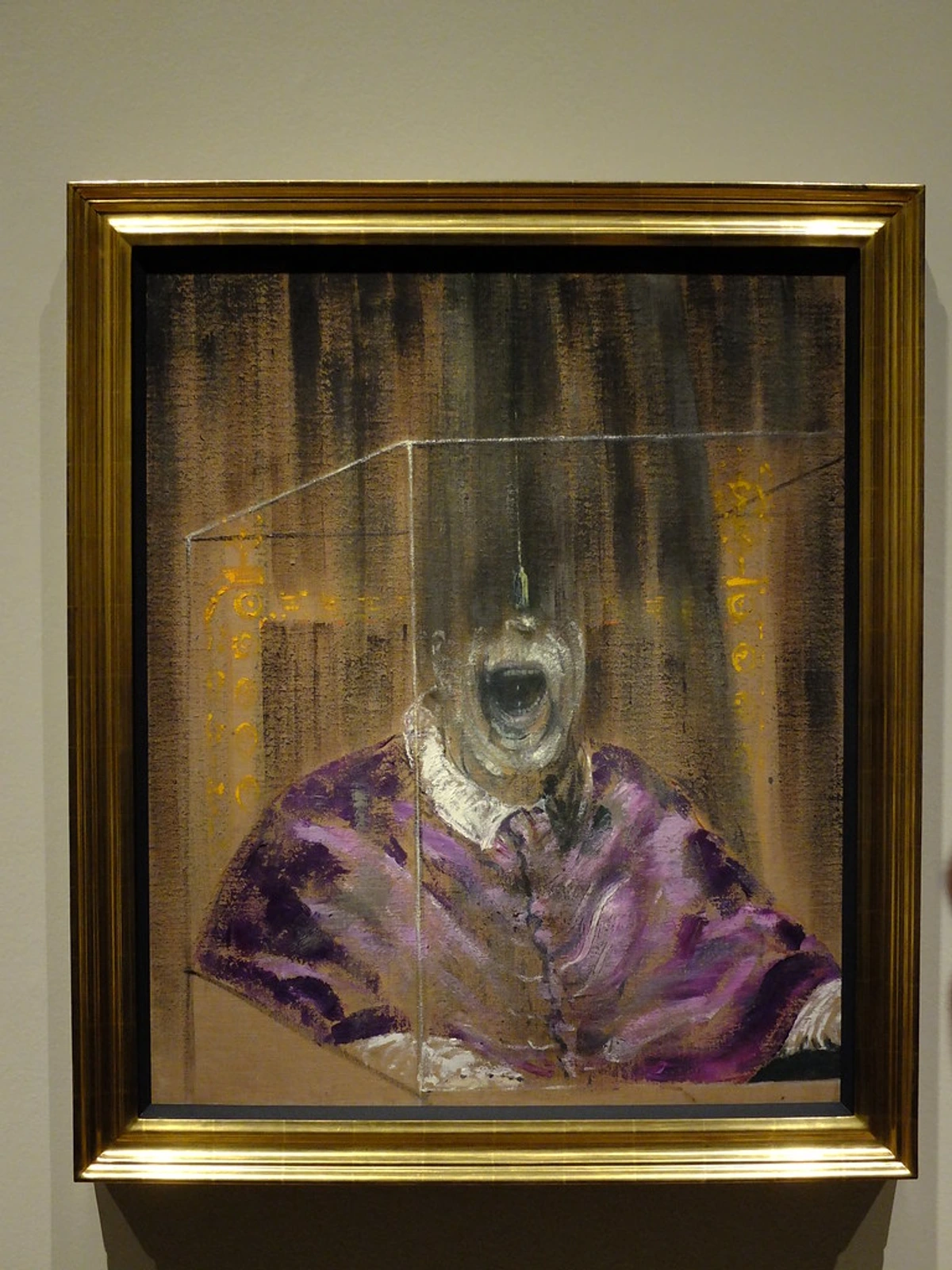
Q: How do I prevent my bathroom art from steaming up?
A: The best prevention is good ventilation! Always use your exhaust fan during and after showers for at least 20-30 minutes, ensuring it's adequately sized and regularly maintained. As for the art itself, acrylic glazing tends to fog less than glass and allows for an important air gap that helps with air circulation. If your art still fogs, try placing it further away from the direct spray of the shower or bath. You might also consider applying an anti-fog treatment designed for plastics to the acrylic surface (test a small, inconspicuous area first).
Q: Are unframed canvas prints suitable for a bathroom?
A: Unframed canvas prints are generally not ideal for high-humidity bathrooms. The canvas material, being organic (typically cotton or linen), can readily absorb moisture, leading to warping, stretching, and potential mold growth over time. If you love the canvas look, opt for a UV-coated and sealed canvas print, or consider an acrylic or metal print that mimics the canvas texture from afar but offers superior moisture resistance. It’s a matter of proactive protection.
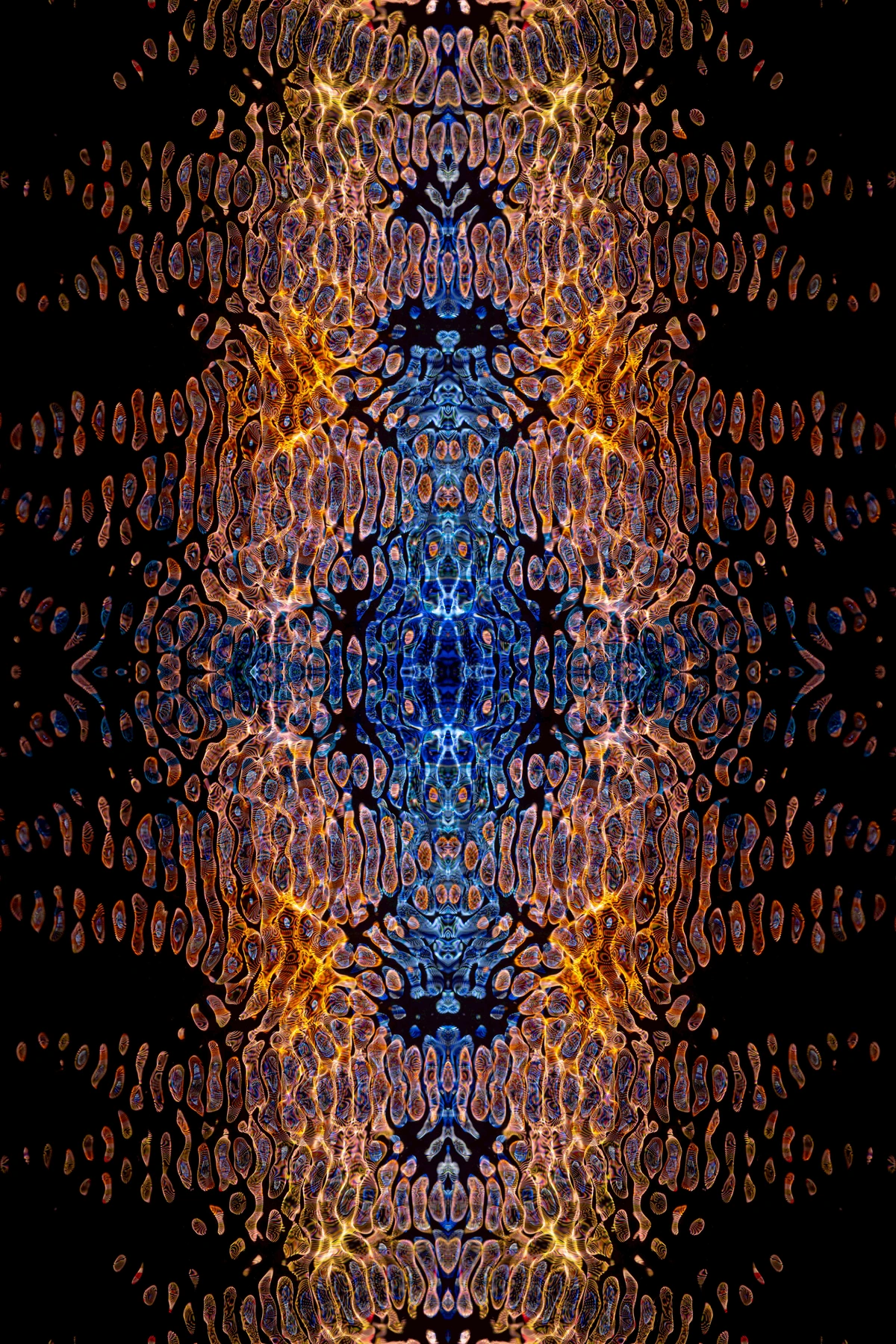
Q: What's the best way to clean art in a bathroom?
A: For prints under acrylic glazing or on acrylic/metal, a soft, lint-free cloth dampened very slightly with plain water (or a mild, non-abrasive cleaner for tough spots, again, tested first on an inconspicuous area) works well. Avoid harsh chemicals as they can damage surfaces. For canvas prints, a dry, soft brush or cloth for dusting is usually sufficient. Never spray cleaners directly onto the art or into the frame, as liquids can seep in and cause damage.
Q: Can I hang art made of wood in a bathroom?
A: Small, well-sealed wooden pieces or frames can be fine in a bathroom, especially if they're not directly exposed to water. The key here is proper sealing with a waterproof finish. However, large, untreated, or intricately carved wooden art might be highly susceptible to warping, cracking, or mold in a high-humidity environment. For maximum longevity, consider composite or marine-grade wood alternatives, or ensure any wood is thoroughly sealed with multiple coats of a high-quality polyurethane or marine varnish.
Q: How does lighting impact art in a bathroom?
A: Lighting is crucial. Natural light is always ideal but often limited in bathrooms. For artificial light, consider LEDs that emit very little heat or UV, which can damage art over time (especially paper or less protected canvases). Avoid direct spotlights that might create glare on framed art, and instead opt for softer, diffused lighting that enhances the artwork without causing fading or overheating. Good lighting can highlight textures and colors, but choosing art for a room with low light requires a different approach, often favoring lighter or more reflective pieces that can maximize available illumination.
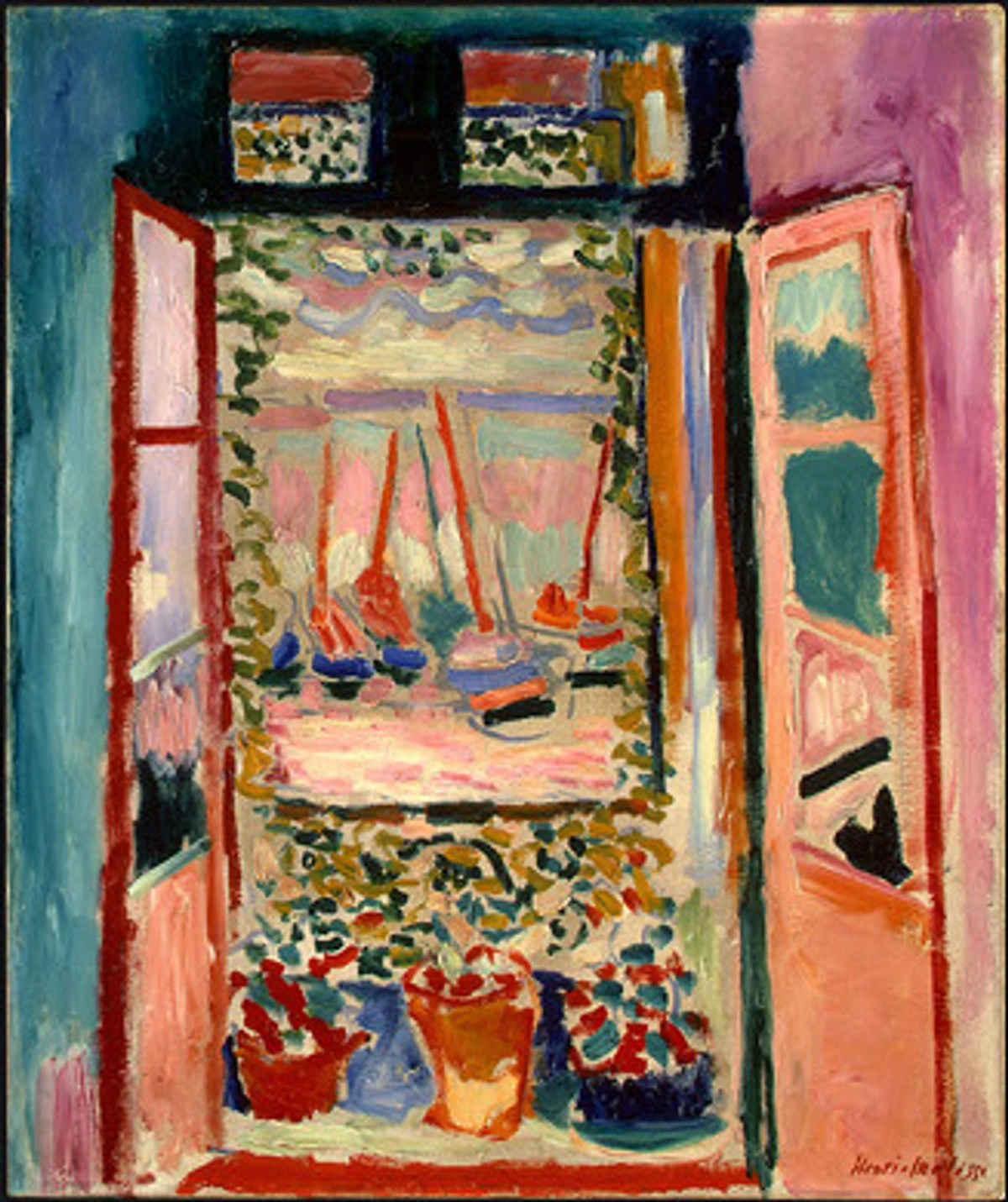
Q: How can I choose art that matches my bathroom's existing finishes (e.g., chrome, matte black)?
A: Consider the overall aesthetic and aim for harmony or deliberate contrast. For chrome or brushed nickel fixtures, art with cool tones (blues, greens, grays) or metallic accents can create a cohesive, contemporary feel. For matte black finishes, high-contrast art, bold graphic prints, or even vibrant abstract pieces can provide a striking balance and a touch of drama. Brass or gold fixtures pair beautifully with warmer tones (deep greens, terracotta, rich abstracts) or classic, elegant pieces. The key is to see the art as an an extension of your existing design elements, either complementing them subtly or creating a deliberate, impactful contrast that elevates the entire space.
Q: What is the role of artwork in promoting mental well-being in a private space like a bathroom?
A: Art in a bathroom can significantly enhance mental well-being by transforming it into a personal sanctuary. A serene landscape can evoke a sense of calm and escape, while vibrant, uplifting pieces can energize your morning routine. It provides a focal point for mindfulness, allowing for moments of quiet contemplation or a cheerful start to the day. By carefully selecting art that resonates with you – perhaps soothing blues for relaxation or bold abstracts for inspiration – you craft an environment that nurtures your mood and provides a vital mental escape, even in a fleeting moment.
Q: What should I consider when commissioning custom artwork for my bathroom?
A: Commissioning custom art for your bathroom is a fantastic way to ensure a truly unique and personal statement. First, prioritize durability: discuss moisture-resistant materials (acrylic, metal, sealed glass) and archival framing options with the artist. Clearly communicate the desired mood and style (serene, playful, abstract, figurative) and provide your bathroom's color scheme and dimensions. Consider the scale and placement for the commissioned piece and ensure the artist understands the unique challenges of a humid environment. Finally, align on budget and timeline. A custom piece allows you to integrate your personal story or specific aesthetic preferences seamlessly into your bathroom's design, and if you are looking for that connection, I invite you to explore my art.
Conclusion
Choosing art for your bathroom doesn't have to be a daunting task, even with the unique challenges this space presents. In fact, I see it as an exciting opportunity to push boundaries and bring beauty into an often-overlooked corner of your home. By thoughtfully considering durable materials, ensuring proper ventilation, being smart about placement and protection, and aligning your choices with the mood you want to create, you can transform your bathroom into a truly special place. So go on, give your bathroom the artistic love it deserves. You might just find yourself lingering a little longer, lost in contemplation of a piece that brings you joy. And if you're ever looking for that perfect abstract piece that can bring this kind of transformative joy to your personal sanctuary, you know where to find me! Transform your bathroom from a mere utility to a personal haven. Let this guide be your definitive resource, helping beauty and inspiration flourish even in the most unexpected, steamy corners of your home. Explore, experiment, and discover the art that speaks to you.
